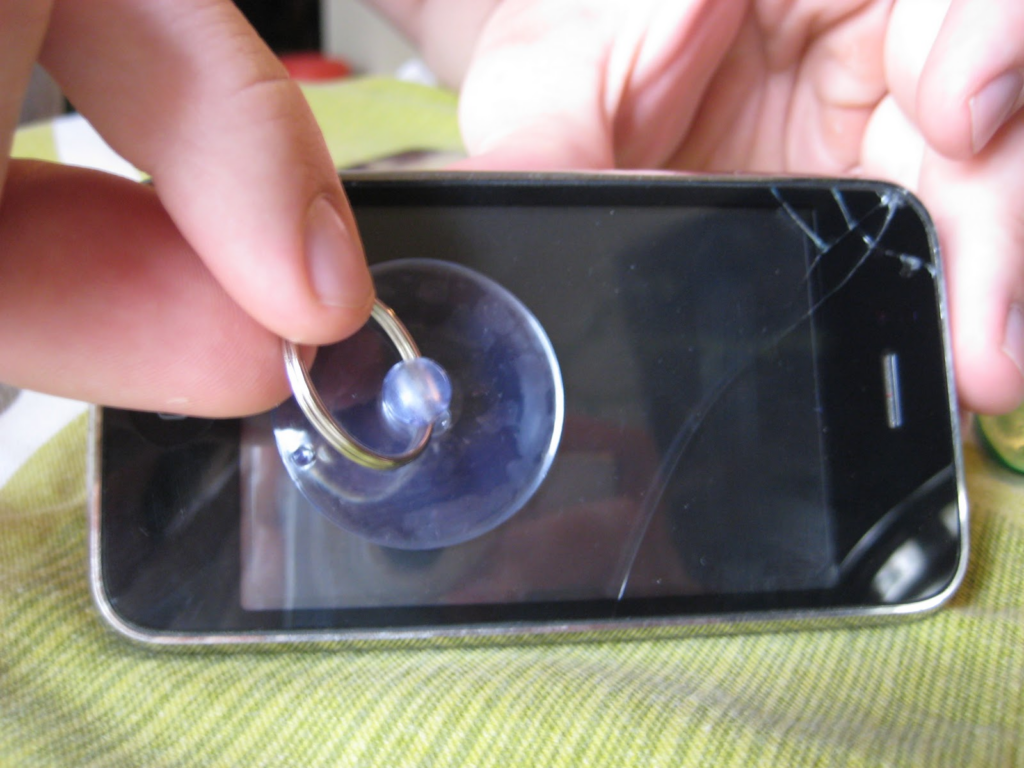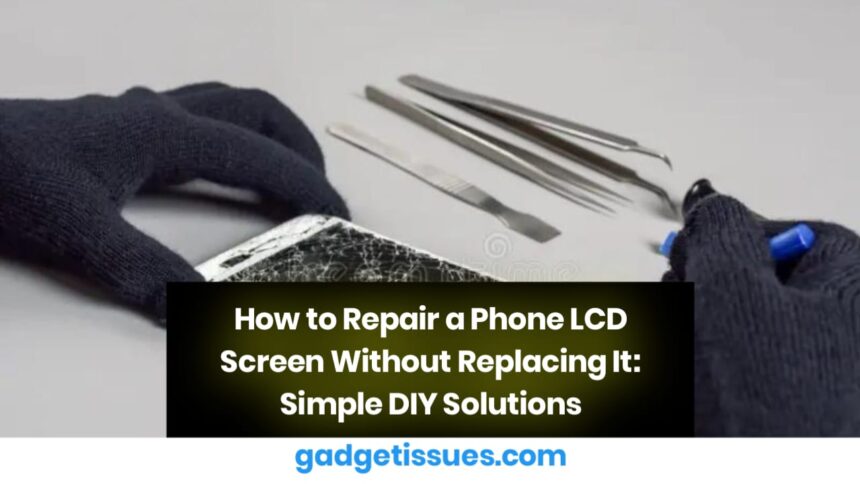A cracked or unresponsive phone screen can be incredibly frustrating, but not all damage requires an expensive replacement. Minor issues like scratches, small cracks, or touch sensitivity problems can often be resolved with simple DIY fixes. By following the right steps, you can restore your phone’s appearance and functionality without breaking the bank. In this guide, we’ll walk you through practical solutions, including cleaning techniques, repair kits, and prevention tips to keep your screen in top condition.
What is an LCD Screen?
LCD stands for Liquid Crystal Display, a technology widely used in smartphones, TVs, monitors, and other electronic devices. An LCD screen consists of liquid crystals sandwiched between two layers of glass or plastic. These crystals don’t produce light themselves but instead modulate the backlight to display images by aligning and blocking light in specific patterns. While durable, LCD screens are prone to scratches, cracks, and other forms of damage that can affect their performance.
Step-by-Step Guide to Fixing Your Phone LCD Screen
Step 1: Evaluate the Damage
Before attempting any repairs, carefully assess the extent of the damage. If the screen has minor scratches or hairline cracks, DIY solutions may suffice. However, if the screen is severely cracked, shattered, or completely unresponsive, it’s best to consult a professional or consider a replacement. Understanding the severity of the issue will help you decide whether a DIY fix is feasible.

Step 2: Clean the Screen Properly
Dust, dirt, and grime can accumulate in scratches or cracks, worsening the appearance and potentially causing further damage. Use a microfiber cloth and a gentle cleaning solution (such as water mixed with a drop of dish soap) to clean the screen. Avoid pressing too hard on damaged areas to prevent additional harm.
Step 3: Apply a Screen Repair Kit
For small cracks and scratches, a screen repair kit can work wonders. These kits typically include adhesives designed to bond with the glass and smooth out imperfections. To use:
- Clean the damaged area thoroughly.
- Apply the adhesive evenly over the cracks using a plastic card or applicator tool.
- Allow the adhesive to dry completely.
Once applied, the cracks should become less noticeable, and the screen’s clarity will improve.
Step 4: Try Quick DIY Fixes
If you don’t have access to a repair kit, here are some temporary solutions:
- Toothpaste: Rub a small amount of non-gel toothpaste onto minor scratches using a soft cloth. Buff gently to reduce visibility.
- Baking Soda Paste: Mix baking soda with water to create a paste and apply it to the scratch. Wipe it off after a few minutes.
While these methods can make scratches less visible, they are not long-term solutions and may cause further damage if misused.
Step 5: Prevent Future Damage
Prevention is key to avoiding costly repairs. Here are some tips to protect your phone screen:
- Use a durable phone case and a high-quality screen protector to shield against drops and scratches.
- Avoid placing your phone in risky spots, such as back pockets or uneven surfaces.
- Handle your device with care, especially in environments where accidents are more likely.
Learn more about choosing the best screen protector here.
Is a Screen Repair Kit Safe for All Phones?
Most repair kits are compatible with a wide range of smartphones and can address issues like cracks, scratches, and minor malfunctions. However, it’s essential to follow the instructions carefully, especially for high-end models with sensitive screens. Improper application can lead to further damage, so if you’re unsure, it’s always safer to seek professional assistance.
Are All LCD Screen Cracks Fixable Without Replacement?
Not all cracks can be repaired without replacing the screen. While minor cracks and surface scratches can often be fixed with DIY methods or repair kits, severe damage—such as large cracks, discoloration, dead pixels, or unresponsiveness—requires professional intervention or a full replacement. Always evaluate the extent of the damage before deciding on the best course of action.
Will Toothpaste or Baking Soda Repair a Cracked Screen?
No, toothpaste and baking soda are not permanent fixes. While they can temporarily reduce the visibility of minor scratches, they won’t restore the screen’s structural integrity. Additionally, particles from these substances may seep into cracks, potentially causing further damage. For reliable results, invest in a proper repair kit or consult a professional.
Explore professional repair services near you here.
Conclusion
Repairing an LCD screen without replacing it is an excellent way to save time and money for minor issues like scratches or small cracks. DIY solutions like screen repair kits, toothpaste, or baking soda can provide temporary relief, but for long-term durability, professional repairs or replacements may be necessary.
Also Read : https://gadgetissues.com/exciting-new-features-in-apples-ios-18-ipados-18-you-need-to-know/






